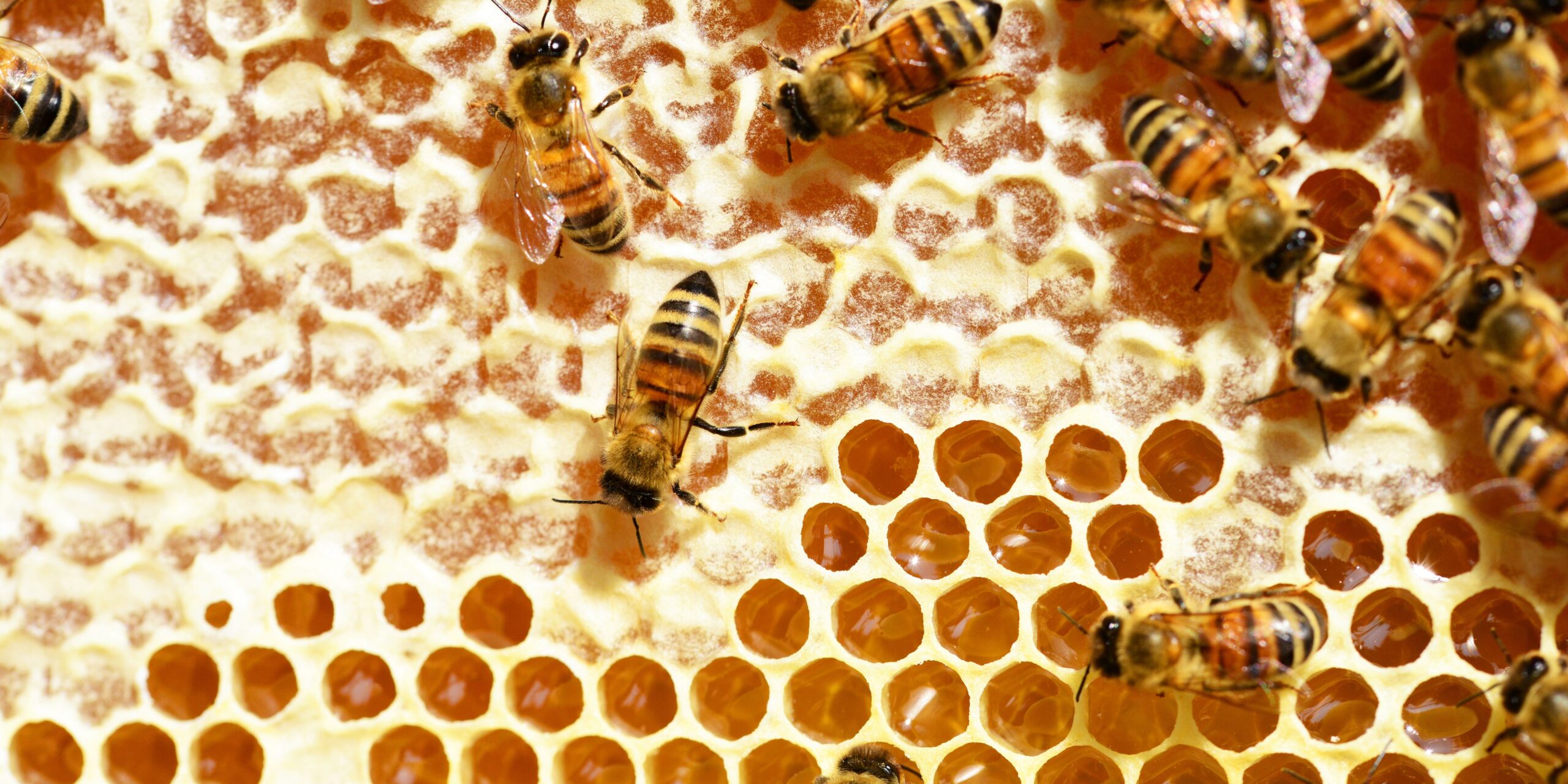by Michael Marcello, DPT
Whether you are the weekend warrior, avid athlete or are dealing with a chronic pain, we are always looking for ways to address our aches and pains. Use of thermotherapy (heat) and cryotherapy (cold) produce a local and general heating or cooling, respectively, of superficial tissues and have prompted benefit in various injuries, whether chronic or acute.
Thermotherapy includes interventions like warm whirlpool baths, moist hot packs, warm water bottles, and paraffin wax. Primary physiological effects of heat include:
* vasodilation and increased blood flow
* increased metabolic rate
* relaxation of muscle spasm
* pain relief via the gate-control mechanism and reduced ischemia
* increased elasticity of connective tissue
Increasing local tissue temperature accelerates the healing process by dilating blood vessels and increasing the oxygen and nutrient supply to the tissue. Heat can have a relaxing effect on muscle tone and the resulting relaxation of muscle correlates with the disappearance of pain (Prentice, 2011).
Alternatively, active movement is encouraged by the American College of Sports Medicine (ACSM) during recovery from injury and can also increase tissue temperature and oxygen to healing tissue via increased blood flow.
Direct heat should be avoided in the first 72 hours of injury. Moist hot packs or heating pads can be used prior to stretching muscles, especially for those dealing with chronic issues (greater than 4-6 weeks) for 10-15 minutes, 2-3 times per day.
Cryotherapy includes use of cold whirlpool baths, ice massage, gel/ice pack compression, and contrast baths. Primary physiological effects of cold include:
* vasoconstriction and decreased blood flow (within first 15 – 20 minutes)
* decreased metabolic rate
* pain relief with decreased muscle spasm and nerve conduction velocity
Restriction of local blood flow reduces the potential for edema to develop. Slower metabolism releases fewer inflammatory mediators, reduces edema formation and decreases oxygen demand of tissues to minimize their chances of further injury from ischemia. Cold decreases local neural activity, resulting in an increased pain threshold and reduced muscle spasm (Prentice, 2011).
Bleakley et al. in 2007 note that cryotherapy is one of the most common treatment tools used in the immediate management of acute soft tissue injury, such as ankle sprains. According to the ACSM, immediate use of cryotherapy along with other treatment interventions like therapeutic exercise can potentially allow for a quicker return to activity.
Patient application of cryotherapy per ACSM include, but are not limited to:
• 10-20 minutes, 2-4 times per day, every 2 hours depending on the literature
• Recent literature supports 10 minutes on, 10 minutes off for 2 hours
There are precautions and contraindications when using any of the above modalities, thus discussion with a trained member of the medical community is warranted before use.
By better understanding the effects of heating and cooling our injuries, we can supplement and expedite the healing process so we can return to our activities of daily living, work, and recreation/exercise the best way we can.
Resources:
Bleakley, C. M., O’Connor, S., Tully, M. A., Rocke, L. G., MacAuley, D. C., & McDonough, S. M. (2007). The PRICE study (Protection Rest Ice Compression Elevation): design of a randomised controlled trial comparing standard versus cryokinetic ice applications in the management of acute ankle sprain [ISRCTN13903946]. BMC Musculoskeletal Disorders, 8, 125. http://doi.org/10.1186/1471-2474-8-125
Physio-pedia therapeutic modalities. Prentice WE, editor. Therapeutic Modalities in Rehabilitation. 4th ed. New York: McGraw-Hill Medical; 2011. Retrieved from http://www.physio-pedia.com/Therapeutic_Modalities
American College of Sports Medicine. (2015). Aplications of modalities in the training room. Retrieved from http://forms.acsm.org/2014ATPC/PDFs/28%20Ray.pdf
About the author:
Michael Marcello, DPT received his bachelors degree in Kinesiolgy from San Jose State University and his Doctorate in Physical Therapy from the University of the Pacific. Michael practices at BaySport at the Bay Club Redwood Shores and his emphasis is in sports medicine and orthopedics. During his free time, Michael enjoys spending time with his friends and family, enjoying the outdoors with his puppy and cheering for his favorite local bay area teams.


